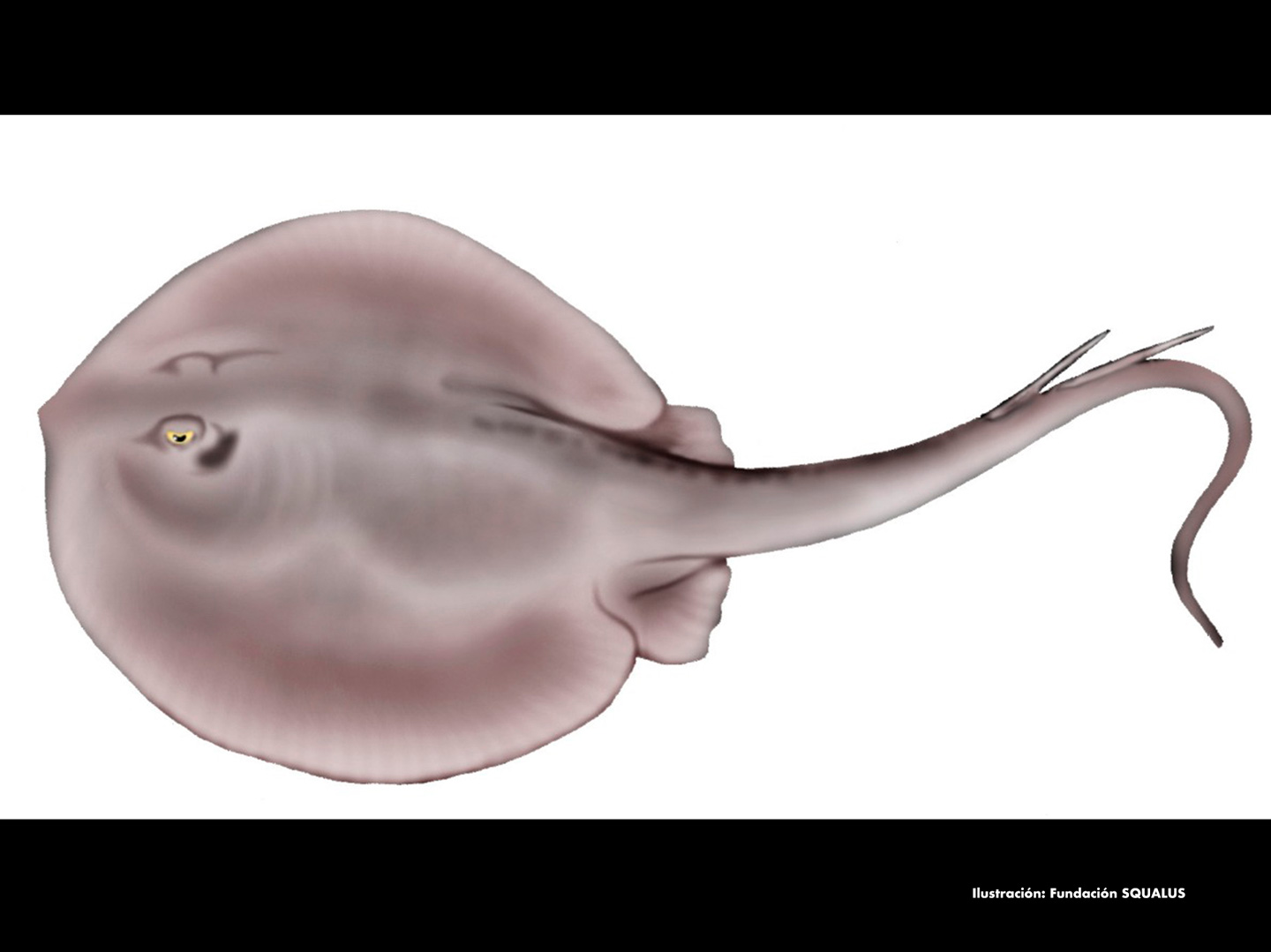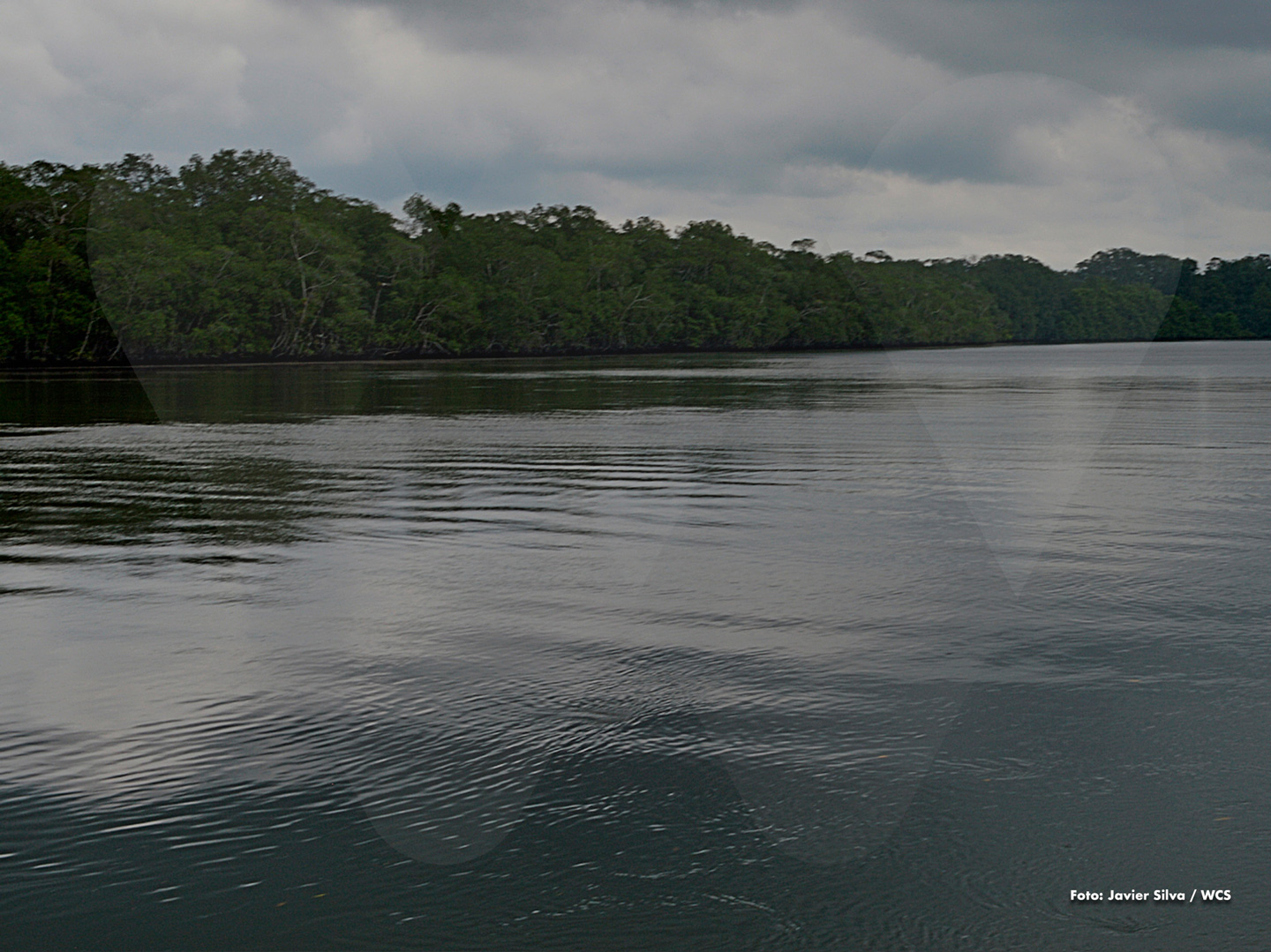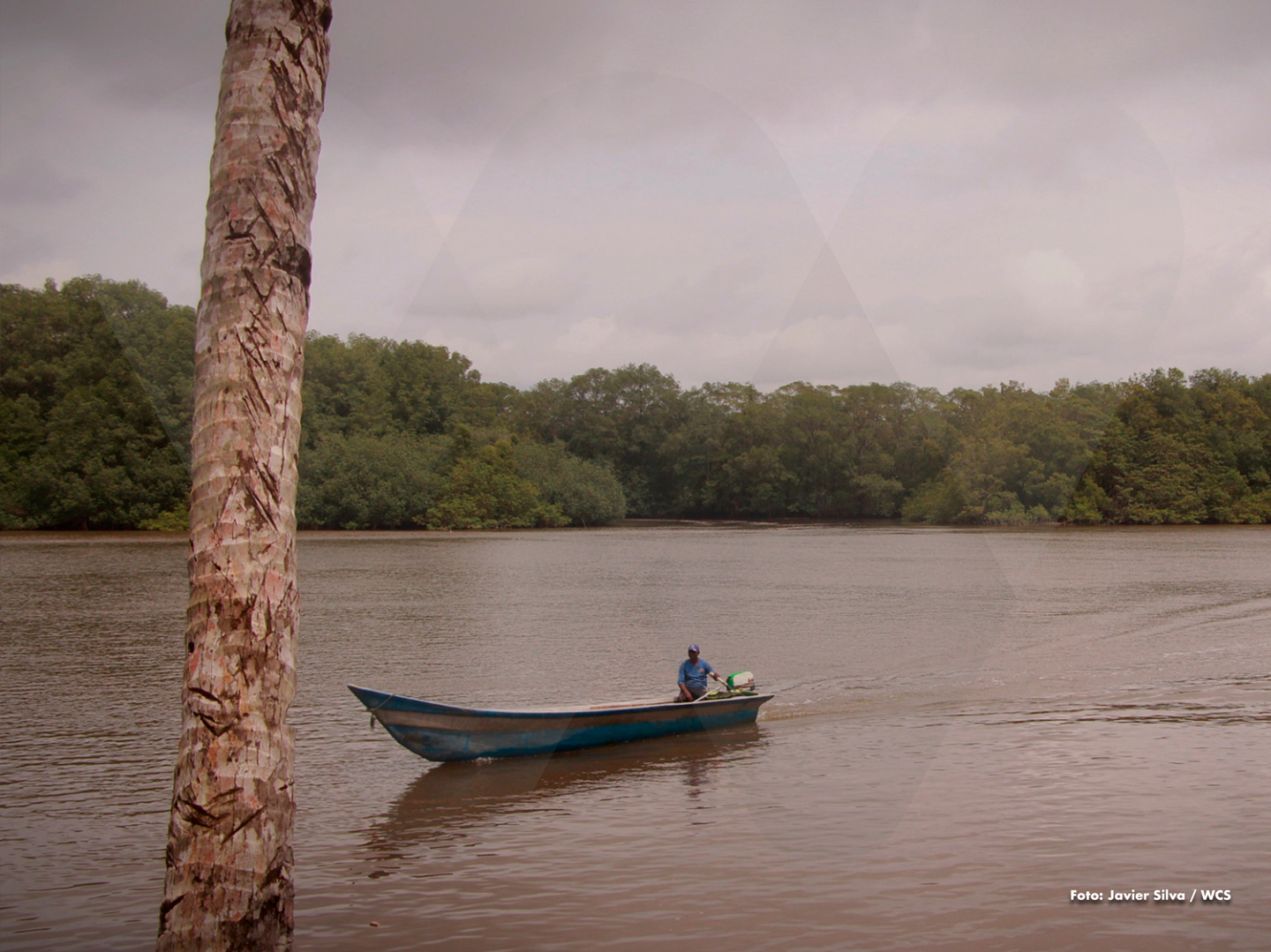It is the Pacific chupare or Pacific whiptail stingray (Styracura pacifica), which was thought to live only between Mexico and Panama. Now its distribution could extend up to Ecuador. It was found in waters of ‘El Encanto de los Manglares del Bajo Baudó’, a marine protected area of the municipality of Bajo Baudó in Chocó, Colombia.

All along the Colombian Pacific coast, and especially in Bajo Baudó, it is common for artisanal fishermen to interact with a stingray they call 'lenguada'. For years, it has been mistaken and included as one more within the group of stingray species that navigate the waters of the region.
Consequently, finding a "lenguada" means for them an additional or secondary catch, which they sometimes consume, but frequently return to the sea.
However, today, for a group of scientists the report of the existence of the “corroñosa” – as they also call it – is a significant find.
And the reason is because this stingray, historically underestimated and found in estuarine zones, was the Styracura pacifica or Pacific chupare, a species that, as per registers obtained to-date, was thought to be exclusively Central American, roving the coasts located between the south of Mexico and Panama. Today, it can be said not only that it lives in Colombia. Its distribution has extended throughout the Tropical Eastern Pacific, about 470 kilometers (292 miles) to the south of the American Continent.

This conclusion, recently published in the Journal of the Instituto de Investigaciones Marinas y Costeras (Invemar) (Institute of Marine and Coastal Research) was reached with the participation of Melissa Scheel Dalmau, Manuel Camilo Velandia and Juan Manuel Díaz, of the Fundación Marviva, Andrés Felipe Navia, director of the Fundación Squalus, and Paola Mejía, Marine Leader of WCS-Colombia.
They analyzed 23 specimens - among them 11 females - captured by fishermen of the Pomeño and Punta Hijuá rural settlements, from March 2018 to February 2020, in shallow estuarine zones (between 2 and 11 meters (6.6 and 36 feet) deep), of muddy sand, near the mouth of the Docampadó River. This zone is part of the ‘El Encanto de los Manglares del Bajo Baudó’ marine protected area, an Integrated Management Regional District (IMRD), the biggest of its type in the Pacific region, grouping ten Community Councils.
“What we can say is that this is not a new behavior of the chupare stingray that, for some unusual reason, began to rove the Colombian Pacific. The conclusion is that it had always been there, but had not been registered or recognized as ours”, says Juan Manuel Díaz of the Fundación Marviva.
The Styracura pacifica has a close relative in the Atlantic, called Styracura schmardae or Caribbean whiptail stingray. They are very similar and are the only representatives of the Potamotrygonidae family in marine environments in Colombia.
“Rays of this type and this family are originally freshwater fish. I would believe that they lived in the Amazon River basin some 18 million years ago (Holocene) when the sea penetrated this region and formed a mega-wetland (Pebas) that covered zones of Brazil, Perú, Colombia and Ecuador (one of the reasons why there are dolphins in this part of the jungle). When the sea water retired, many species were confined there, but both rays returned to the ocean”, explains Díaz. And it seems that, as they never forgot their past in the rivers, we find them today in salty waters.
The document suggests that, as it was detected in Bajo Baudó, it is very likely for the chupare stingray to have the adequate habitats for its continuous distribution from the south of Mexico up to almost the Gulf of Guayaquil in Ecuador, with the possibility of it being found in the Gorgona and Galápagos Islands, without the latter being confirmed.
However, “considering the low number of records in the zone, its limited distribution, the scarce knowledge of its biology, the degradation of the mangroves and its interaction with artisanal fisheries along the entire Tropical Eastern Pacific, it could probably require specific conservation and management actions, additional to those received due to its presence within the IMRD”, concludes the document.
